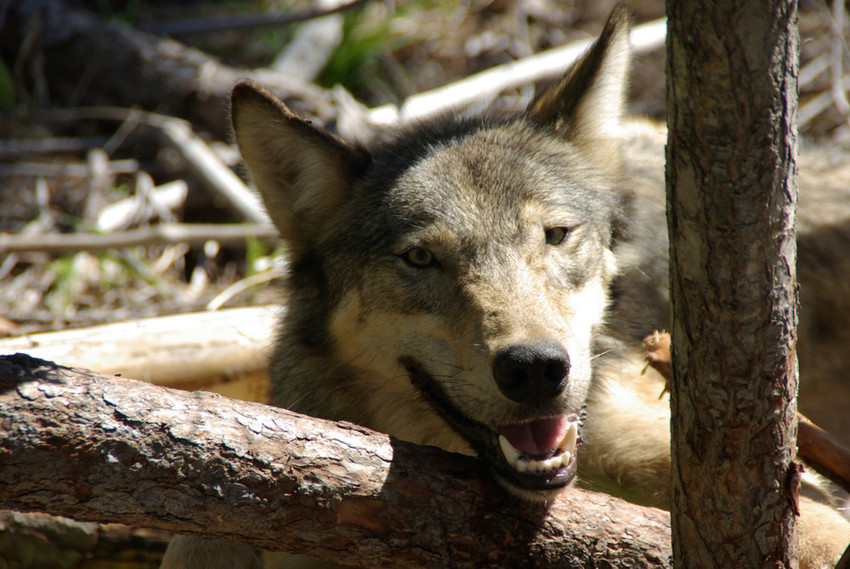In a decision conservation groups hailed as a significant victory, Gov. Jay Inslee on Friday, Jan. 12, ordered the Washington Fish and Wildlife Commission to draft new rules governing the killing of wolves involved in conflicts with livestock.
The order reverses the commission’s denial of a petition filed in September 2023 by 11 environmental groups calling for reforms to the state’s gray wolf management policies.
The state Department of Fish and Wildlife (WDFW) said in a statement on Friday it plans to review and comply with the directive. The statement said agency staff will meet with commissioners regarding the timing and process for initiating rule-making.
“The Fish and Wildlife Commission voted on these petitions for wolf-livestock conflict deterrence rules in 2014, 2020, 2022 and 2023, and has rejected them each time,” the agency’s statement said. “Additionally, the governor’s office rejected an appeal similar to this one in 2014.”
The conservationists’ petition seeks greater accountability, transparency and clarity surrounding decisions permitting the killing of an endangered species, according to Vashon Island-based nonprofit Washington Wildlife First.
Claire Loebs Davis, founder and president of the group, praised Inlee for the decision.
“Today is a significant victory, both for Washington’s wolves and for our campaign to ensure that the Washington Department of Fish and Wildlife makes management decisions based on the best available science rather than in response to demands by entrenched special interests,” she said in a statement.
More than 50 wolves have been killed in Washington for predation since 2012, according to the Center for Biological Diversity, which is one of the petitioners. In a news release, the center said 75% of the wolves killed by the state involve one livestock-owning family.
The WDFW statement said the agency has significantly reduced the need for killing wolves — a 64% average reduction in the past four years. WDFW killed only two wolves in 2023, it said.
“In the meantime, the number of wolf packs, successful breeding pairs and individual wolves in Washington has continued to increase every year, while levels of livestock depredation and wolf removals have remained low even with wolf range expansion and population increase,” the WDFW statement said.
After being almost completely eradicated in Washington by the 1930s, wolves started resurfacing in the state in the past two decades. Most live in sparsely populated northeastern Washington.
WDWF says the state and tribes counted 206 wolves in 33 packs at the end of 2021.
The resurfacing of wolves has been a divisive issue among ranchers and environmentalists across the western states. Some of the fears about relocation of grizzly bears to the North Cascades are similar to those voiced about restoration of wolves.
Advocacy groups have proposed amending an existing rule to better protect wolves and provide clarity for livestock operators, the Center for Biological Diversity said in its news release.
Amaroq Weiss, of the Tucson, Arizona-based center, said in a statement the latest decree “should change the state’s outdated focus on managing wolves.
“The science tells us that killing wolves doesn’t decrease conflict. Shooting wolves can actually increase conflict while making people more hostile to these awe-inspiring and ecologically important animals.”
The release said conservationists also called for a policy requiring livestock operators to use nonlethal conflict prevention methods before the state considers killing wolves.




